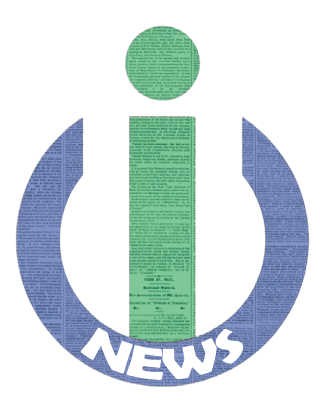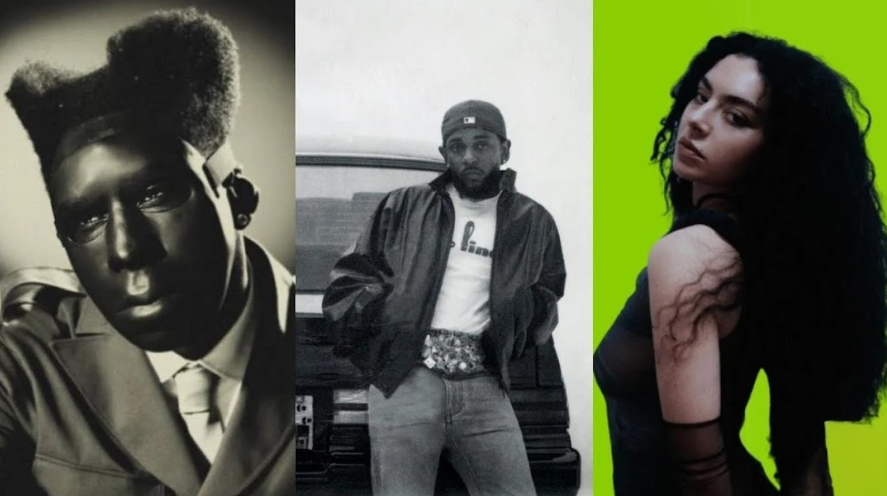Brooms whooshing through the sky at lightning speed, rain and wind in your hair, and red, green, blue, and yellow blurred in the audience. If you were born in the mid 2000’s you probably remember the rush: books, candles, fake potions, and punch. If you’re older and live in the UK you probably remember it much more.
Though we have lost many of our beloved actors and actresses: Maggie Smith, Michael Gambon, Alan Rickman, Robbie Coltrane, Richard Griffiths, Richard Harris, Helen McCroy, and all the beloved people who passed, the fandom is forever growing and inspiring new writers and actors.
Harry Potter through the years (SPOILERS ahead):
“It does not do to dwell on dreams and forget to live.” The Harry Potter and the Philosopher’s Stone film, (often known as the Sorcerer’s Stone,) was released in 2001 four years after the first book. Reading the first book at six years old, (with the knowledge range of a teaspoon might I add,)I truly believed I would receive my letter in the mail the day I turned 11. I was sorely disappointed (not to mention the other fact that I’m not British,) but the books still have a special place in my heart. As a young boy, Harry had many problems fitting in; from being bullied to family neglect. When a giant knocks down his door and tells him “[he’s] a wizard,” Harry finally finds a place where he fits in. Harry is sorted into Gryfindor after his plea to the sorting hat “anything but Slytherin.” He makes friends with unexpected people and enemies too. Throughout the first book we see the sweetness and innocence of childhood, even with three-headed dogs and two headed teachers. “Books! And cleverness! There are more important things—friendship and bravery.”
“Hearing voices no one else can hear isn’t a good sign, even in the wizarding world.” In the second book, Harry Potter and the Chamber of Secrets, we explore both Harry, Ron, and Hermiones developing friendship as well as their growing maturity. The movies visit this by showing Ginny and Harry as well as Ron and Hermione at the beginning of their unknown future romances, awkwardness, tension, and all. The movie delves into the innocent romantic aspects of childhood as well as the very real colder aspects. Chamber of Secrets also explores the backstory of the most hated and empathized villain: Lord Voldemort a.k.a. Tom Riddle. Though manipulative and evil it’s clear to see there’s more than the diary shows both about history, and the villain himself, as he is an unreliable narrator of his own diary. Along with this, we get a glimpse into Draco’s childhood through his relationship with his father and Dobby, which differs greatly from the Weasley family dynamic. The books show households “with more complex family relationships where there are kids in unloving households and there are kids who come from families viewed as lesser than,” notes high school student Nora Kelliher, on the topic of classism reflected in the wizarding world.
“Why, dear boy, we don’t send wizards to Azkaban just for blowing up their aunts.” Harry Potter and the Prisoner of Azkaban is often a fan favorite for many reasons; with the new werewolf DADA professor, Hermione sucker-punching Malfoy, and the infamous Marauders Map. “The third movie I just really like… I just really like the third movie. I really like the way it’s shot; it has a little bit of a darker element to it but also whimsical with the introduction of the bus and the hippogriffs,” says iSchool graduate, Shanee Krichely. With the introduction to the Marauders through the moving map and the race against time to save the alleged killer, Sirius Black, the films bring to life the danger of the wizarding world without erasing the magic of it. It’s a strong introduction into the Marauders and also a time where the three main characters are maturing and learning about their strengths. In the end Harry and Hermione rush back before the clock can strike and the film ends with Sirius and Buckbeak flying into the moonlit sky.
“Dark and difficult times lie ahead. Soon we must all face the choice between what is right and what is easy.” As the sudden possibility of other wizarding schools arrives the entire school is in a frenzy. Harry doesn’t have much time to enjoy the new Triwizard Tournament before his name is drawn from the Triwizard Cup, a name he didn’t put. Harry Potter and the Triwizard Tournament takes a darker turn with the return of “he-who-must-not-be-named” and the death of a student at his hands. Though the children are still immature and childish at the beginning of the movie with the Yule Ball, at the end the wizarding world seems a much more dangerous place with the funeral of Cedric Diggory. Harry begins to accept his role as “the chosen one” when he realizes he will have to defeat Voldemort once more.
“You care so much you feel as though you will bleed to death with the pain of it.” After Harry witnesses Cedric’s death school is different, even the horseless carriages. Luna Lovegood is introduced as the strange, whimsical, esoteric character she is with the line “you’re not going mad, I can see them too,” when Harry notices the thestrals pulling the carriage (which does nothing in the way of comforting him.) When they finally arrive at school they find the ministry has intercepted in Hogwarts and placed a ministry official in place of the Defense Against the Dark Arts professor. The new Professor Umbridge turns out to be just as vile as the bright pink she surrounds herself in, refusing to teach defense lessons and making Harry write lines with his own blood. Harry takes his role of leadership by starting a DADA club, Dumbledore’s Army. During the Weasley twins’ iconic exit from Hogwarts, Harry begins to have visions about his godfather being in danger and rushes to the Ministry of Magic to play hero. After Sirius’ death Harry mourns him as the ministry finally has no choice but to acknowledge the return of the Dark Lord.
“‘Lily! After all this time?’ ‘Always,’ said Snape.” Harry Potter and the Half-Blood Prince digs into Tom Riddle’s past as well as Severus’. In this book Harry and Dumbledore look into the memories about Tom while Harry begins his studies with a second-hand book with the inscription “property of the half-blood prince.” “I always liked the Half Blood Prince; that’s because I like Snape and I think it makes you understand more about him and how he worked as a kid,” says NYC iSchool student Onyx. This book goes into many “villains” pasts, not only Voldemort, but also Severus and Regulus’. The film also digs into the Malfoy family and the pressure put on Draco to join the dark side. After Snape kills Dumbledore, a betrayal in Harry’s eyes, he escapes and plays Voldemort’s loyal spy.
In Harry Potter and the Deathly Hallows the golden trio leaves Hogwarts to track down and destroy the horcruxes in order to defeat Voldemort. The friendships and trust of the three are tested and measured as well as the bounds of love. “It teaches you about friendship, how to deal with tough times like war and how to fight. How to find levity and happiness even when there might be danger and that there can always be light, even in the darkness,” says Nora Kelliher. Though the war takes a great toll on Hogwarts and many people get injured and face loss, but through that there’s love everywhere you look. Ron and Hermione finally kiss, friendships are formed, and families come back from the dark side. “We’ve all got both light and darkness inside us. What matters is the part we choose to act on. That’s who we really are.” The end of the last movie and the death of Voldemort didn’t sit well with me. In the books “Tom Riddle hit the floor with a mundane finality, his body feeble and shrunken, the white hands empty, the snakelike face vacant and unknowing.” Voldemort died as human once more showing that that was all he ever was, really. Tom Riddle had the potential to become like Harry and Harry like Tom; it is simply their choices and actions which distinguish them, but they are much more similar than different in reality. Lastly, in The Deathly Hallows, when Harry is in doubt of reality among other things, Dumbledore responds with, “Of course it is happening inside your head, Harry, but why on earth should that mean it is not real?”
Readers hot takes? Readers globally have had some questionable takes on the books but here are some (anonymous) local ones: “Draco Malfoy wasn’t evil,” “Umbridge was the real villain,” “The books were better than the movies,” “Slytherin hatred is forced,” “the ghosts should’ve had more film time,” and most controversial “Tom Riddle wasn’t completely evil (before he became Voldemort.)”
The 2010 era was the time for teen lit. With the Harry Potter series, as well as The Maze Runner books, The Hunger Games trilogy, The Mysterious Benedict Society, Percy Jackson, and the Divergent series, readers were thriving. Now it seems like everyone’s waiting for the next big novel to break-through.
The rise of the Harry Potter books and movies has created a tightly knit fandom of both cast and fans. It all started with the words, “Mr. and Mrs. Dursley, of number four, Privet Drive, were proud to say that they were perfectly normal, thank you very much,” and ended with “The scar had not pained Harry for nineteen years. All was well.”








